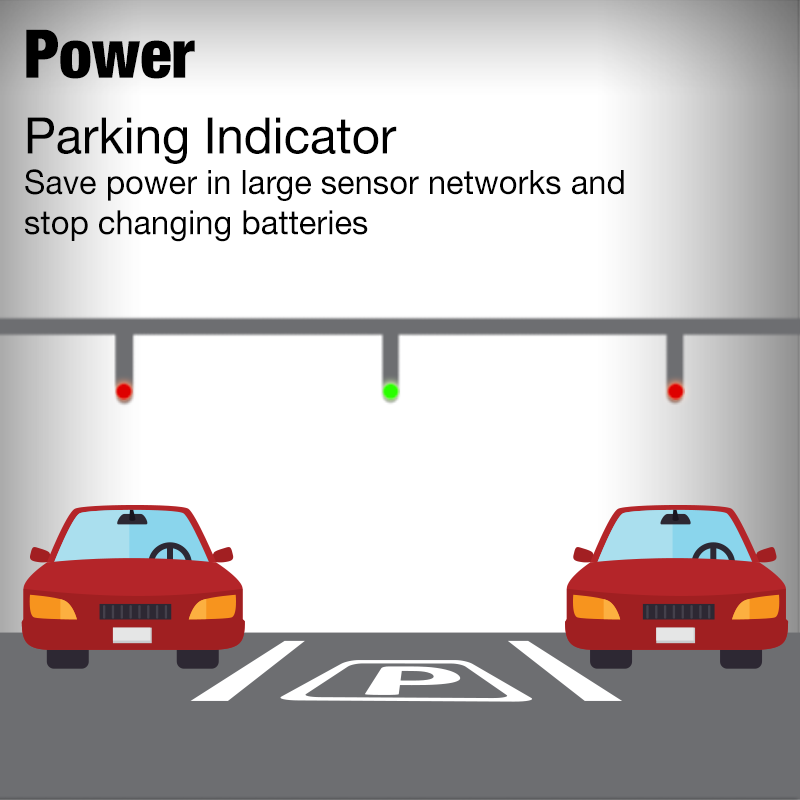SSZTCF1 July 2015 MSP430FR5969
Tired of circling the block or parking garage five times just to find an open space for your car? Did you know electromagnetic sensors could be one of the answers to your frustrations? These sensors can be placed above ground or placed in the pavement itself to detect when a vehicle is in a parking space. With a system of these sensors in place you can be alerted to exactly where there is an empty space for you to park.
Now, let’s think about that for a moment: A sensor is laid in the ground and then cement is poured over it. Sensors can be powered through conduit or some other path, but battery power is also a very viable option. You may think this is odd, as batteries need to be frequently changed. But our MSP430FR5969 MCU and related devices can add tremendous power efficiency. This means battery changes only happen every decade or so. Imagine installing it today, and not having to worry about it until at least 2025!

So, not only can these MSP430FRx MCUs minimize power consumption in both active (100uA/MHz) and standby modes (<500nA), but they offer peripherals such as a 12-bit ADC with window comparator that can operate independently to keep the CPU off as long as possible. Plus, if more computational performance is needed, libraries like MSP-IQMATHLIB can be used. This could be very important in applications involving car sensors, since cars in nearby spaces could also impact a magnetic field; this would require filtering on the MCU-based design. Optimization tools such as EnergyTrace™ technology could then be used to minimize energy consumption and estimate battery life based on real-time power profiles.
Learn more about the value our FRAM adds in minimizing your search for a parking space at ti.com/fram. You can also get started with the latest MSP-EXP430FR6989 LaunchPad development kit.